
The Sage Powerline is the rare bike that’s equally suitable for everything from training to race day, and from after-work rides in the suburbs to bikepacking in the backcountry. Priced at $7,950, it better be versatile. Not only that, it better last a long time. Sage approached the all-new Powerline model like the other bikes in their line, working in titanium, a timeless, classic, and durable material but designed with an eye toward current and future performance.
On the trail

I’ve spent the past several weeks riding the Powerline on a variety of trails ranging from pedally and open to slow and technical to get a feel for how it rides. If you’ve been following along, I’ve been on a bit of a hardtail kick for the past couple of years and I’ve lost track of the number of hardtails I’ve tested in that time. The Powerline is easily one of the closest to an XC bike I’ve ridden thus far, but surprisingly it’s also among the most comfortable.
As one would expect from any hardtail, the Sage Powerline is incredibly efficient when it comes to climbing and pedaling the flats. The lightweight build allows the bike to accelerate quickly and the laterally stiff construction means there’s little discernible twisting to take away from explosive, out-of-the-saddle efforts. Overall the geometry puts the rider in an efficient pedal position without feeling too cramped or stilted.

Trail chatter is muted thanks to the vibration damping characteristics of titanium itself but also the intentionally shaped tubes and angles in the seat and chainstays. Surprisingly the Powerline feels slightly less vertically compliant than my own steel hardtail which may very well be intentional given this bike’s more race-oriented intent.
Thanks to the generous dropper post and short-nose saddle, combined with modern trail bike geometry, the Powerline is plenty capable on most descents. On fast, rooty downhills the bike feels consistent up to a certain speed until the rear end can no longer hold its line. A tire upgrade might extend this threshold a bit, but at the end of the day the Powerline is a hardtail, not a full suspension bike. However steep and highly technical descents are no problem for this precision weapon. The bike excels at balance, holding its position, and responding to every twitch from the pilot. In fact I’d take the Powerline over most full suspension bikes when it comes to many of the janky, high-focus descents on my local trails.

Getting the ride feel right on a hardtail mountain bike can be a challenge, especially given all the benefits riders are used to with modern full suspension designs. In my experience carbon race bikes are painful to ride and while they might be fast, they aren’t always fun. The Powerline strikes a nice balance between being racy and efficient while offering a uniquely comfortable ride feel. I could see myself loading this bike up for a bikepacking trip or using it to train for a 100-miler. I’d be equally happy to make it my after-work trail toy. Buying a titanium mountain bike is a commitment, and with this design, it seems Sage understands that while riders’ interests may change their bike doesn’t have to.
The frame
Sage founder David Rosen says “titanium has always represented the future while maintaining the heritage of the bicycle’s past.” He’s staked the brand on delivering the highest quality frames built entirely in the USA, and the craftsmanship that goes into the Powerline is unmistakable.
The natural finish on the Powerline leaves nothing hidden. Every tube shape, every weld, and every junction is naked and visible to the world, which makes it impossible to hide any defects if there were any to hide. From a distance the Powerline might look like any other titanium mountain bike, but up close you’ll find details like the Sage name etched into the chainstay just inside the chainring and the understated owl decal on the seat tube. Inside the chainstay, there’s a decal that reds “Brewed in Oregon.” It’s discovery details like these that show how much thought has gone into the Powerline from design to construction.
The 67.5° head tube angle doesn’t give up a whole lot when it comes to climbing abilities and it’s relaxed enough to make the bike feel nimble and in control on the descents. The XL frame I tested sports a 469.3mm reach, a 73.75° effective seat tube angle, and 430mm chainstays which places it solidly in trail bike territory.



photo: Sage Titanium.
The Powerline features internal routing for a dropper post and contact points for nearly continuous rear shift cable housing, utilizing a patented system known as the CCS Cable Clip System. The seat and chainstays offer plenty of clearance for mud or a tire larger than the 2.25-inch Maxxis Rekon on my test build. Offically, Sage says the frame will fit 29er tires up to 2.5 inches wide. Naturally the rear end is Boost-spaced.
The build
Most buyers of a titanium mountain bike frame expect nothing less than top-of-the-line components to go with a top-of-the-line frame, and Sage delivers with the build I’ve been testing. Just check out these highlights.
- Fox 34 Factory Series fork (130mm)
- Fox Transfer Factory Series dropper post (170mm travel tested)
- Industry 9 Trail 270 wheels (29er)
- Shimano 12-speed XT drivetrain
- Shimano XT hydraulic disc brakes
- Enve M6 carbon bars and stem
Sage rounds out the build with a 143mm “short” saddle called the Beccus, a 2.35-inch Maxxis Forecaster tire up front, a 2.25-inch Maxxis Recon tire in the back, and Ergon GA2 Fat grips.
The Fox Factory fork is incredibly stiff and responsive. For the first few rides I kept thinking my front tire was under-inflated before realizing the feeling was due to an almost complete lack of stiction from the fork. The Fox Factory Transfer dropper post feels similarly fast and responsive, and its 170mm of travel is like having two bikes — one for climbing, another for descending.

Along these lines, Sage is wise to include a short-nose saddle. Many riders are finding these make bikes more maneuverable when cornering and descending, though to me they looked a little strange at first. Saddle comfort can vary from rider to rider, but I found the seat on this build to be comfortable despite a very different overall shape from what I’m used to. Clearly the Beccus is just a re-brand of an existing saddle (we’re pretty sure it’s exactly the same as this one Supacaz also sells) but I dig it.

Speaking of contact points, the Ergon GA2 Fat grips just don’t work for me so I swapped them out almost immediately for round-profile, glow-in-the-dark grips, also from Supacaz. I’m not sure what it is about Ergon GA2 Fat grips — after all they look pretty standard — but they tend to give me shoulder and wrist pain every time I try them on a bike.
The Maxxis Forekaster and Rekon tires are a good and safe choice for this type of mountain bike, but it took me a while to get used to them while testing. Sage chose to go with the 120tpi versions of each which offers a nice supple sidewall that feels floppy to me at the pressures I’m used to running. To compensate I added more pressure to the tires, finally getting them to the point where I trusted them in corners. Overall I like this combo with the knobbier Forekaster up front and the faster-rolling and narrower Rekon in the back, but I would probably opt for the slightly heavier 60tpi versions of both.
The Industry 9 wheels, and in particular the Hydra hubs, are outstanding. This is the first time I’ve ridden with these hubs for an extended period, and wow! The continuous and instantaneous engagement feels like it’s sending every single microwatt from my legs to the dirt without delay.
All told, this size-XL, premium build with pedals and some lightweight accessories weighs 26.1lbs., and honestly, it feels a lot lighter. Admittedly I’m not the best at guessing bike weights, but I could have sworn it was closer to 21lbs. before hoisting it onto the scale. It’s hard to imagine where weight could be cut on such a baller build, and the real question is, would you even want to when the bike performs so well and feels so comfortable as it is?
Conclusion
Priced at $3,100 for the frame, and $7,950 for the build I tested, the Sage Powerline no doubt demands a premium. At this price, buyers should expect nothing less than the finest materials (check), excellent craftsmanship (check), and incredible performance (check). Perhaps the other thing that shouldn’t be overlooked is the staying power of a bike, and not necessarily just in terms of durability. A refined and modern design that’s just as comfortable on the XC race course as it is on a backcountry bikepacking expedition or even an after-work ride just might be worth its weight in titanium.














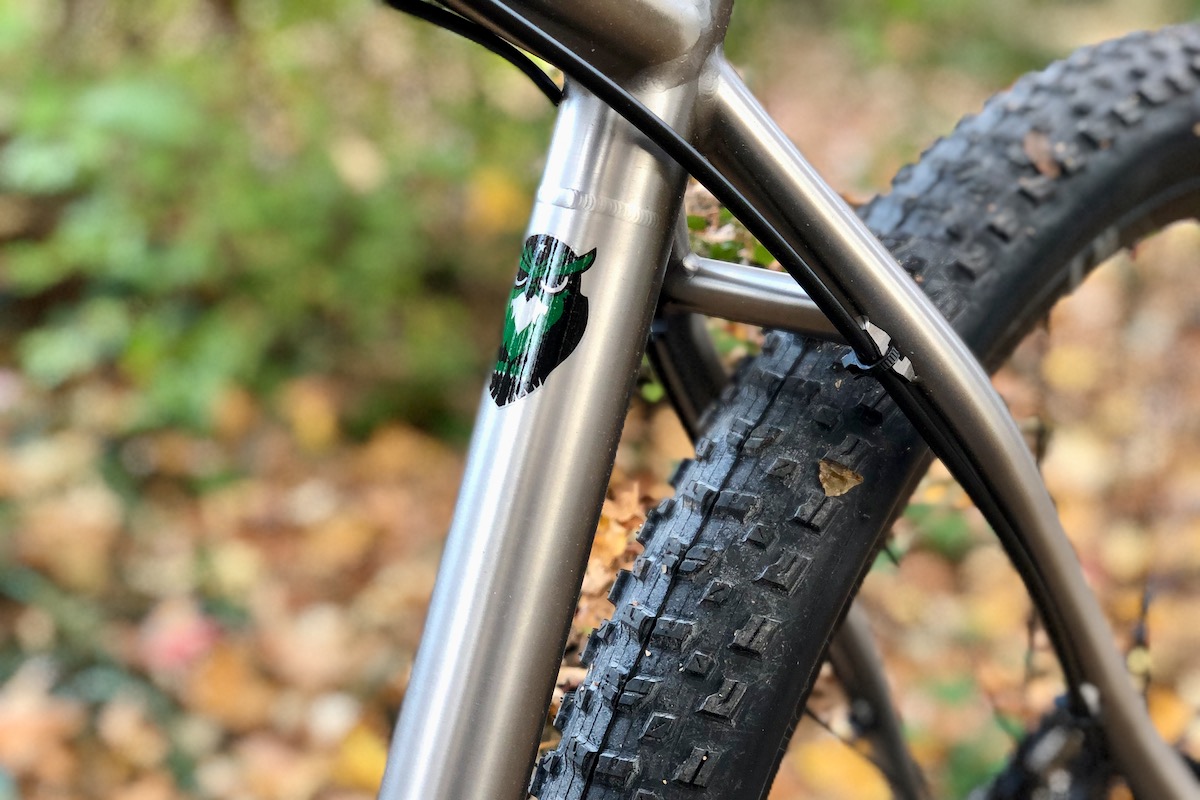









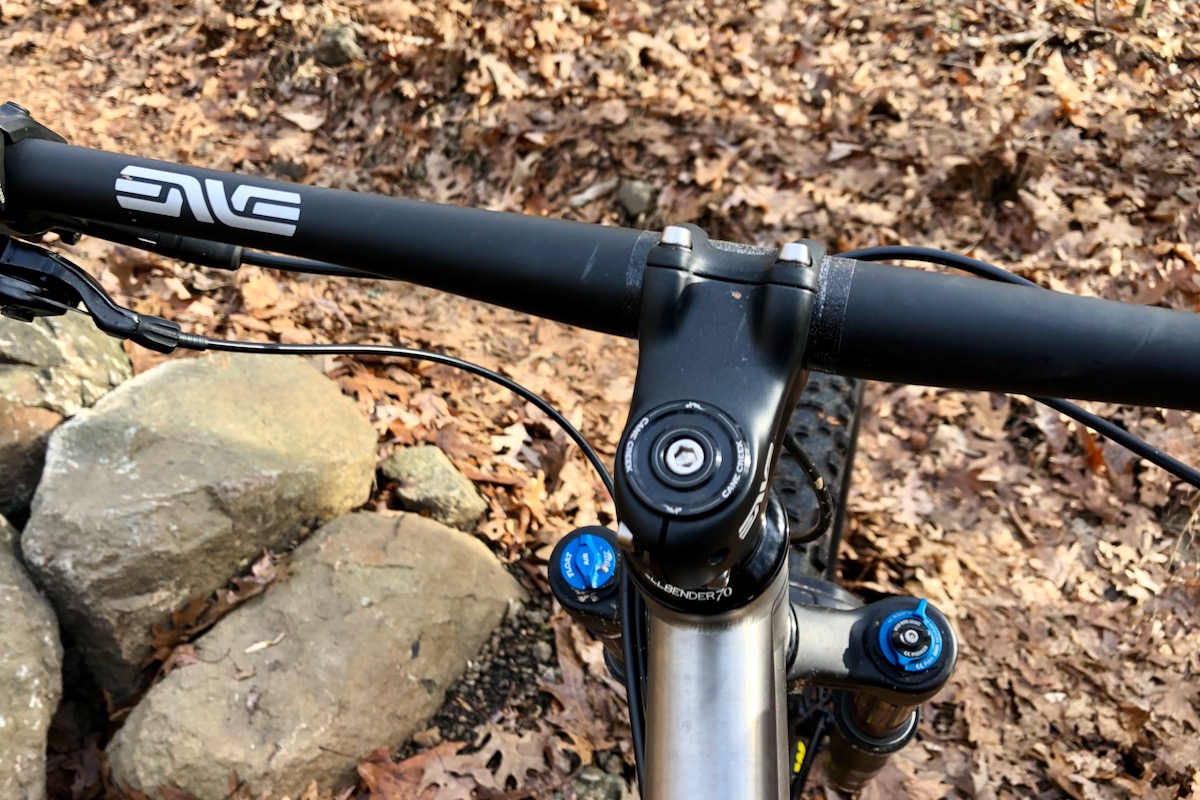




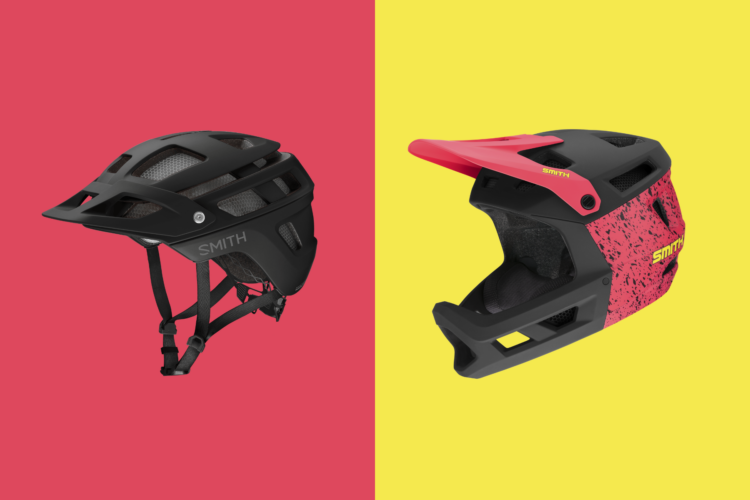
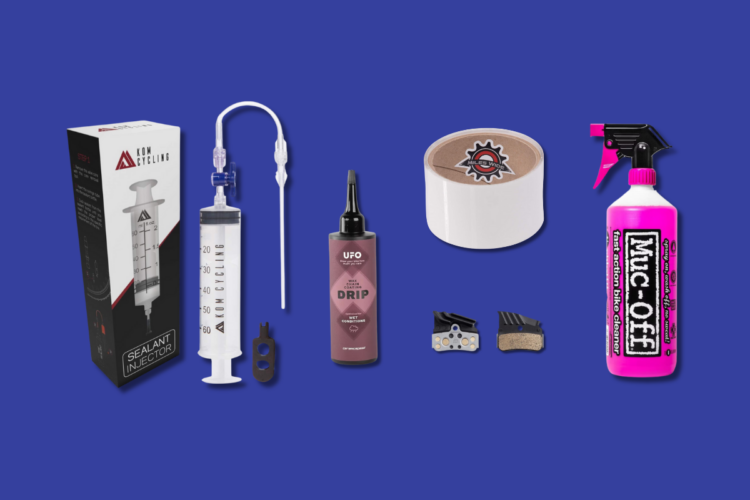
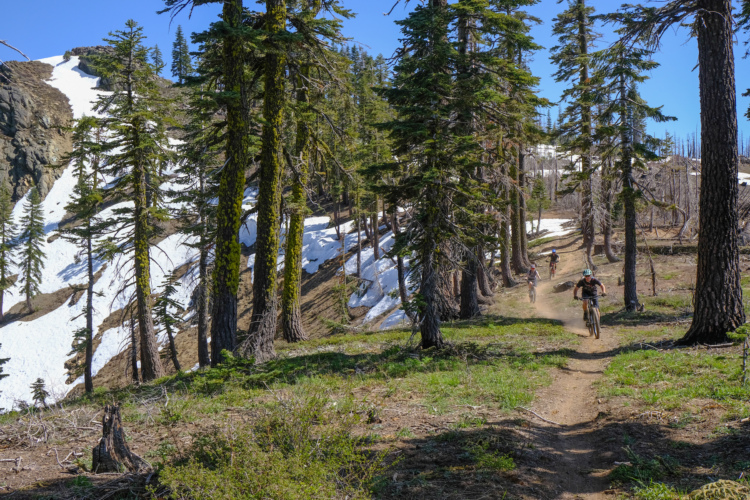

1 Comments
Jan 22, 2020